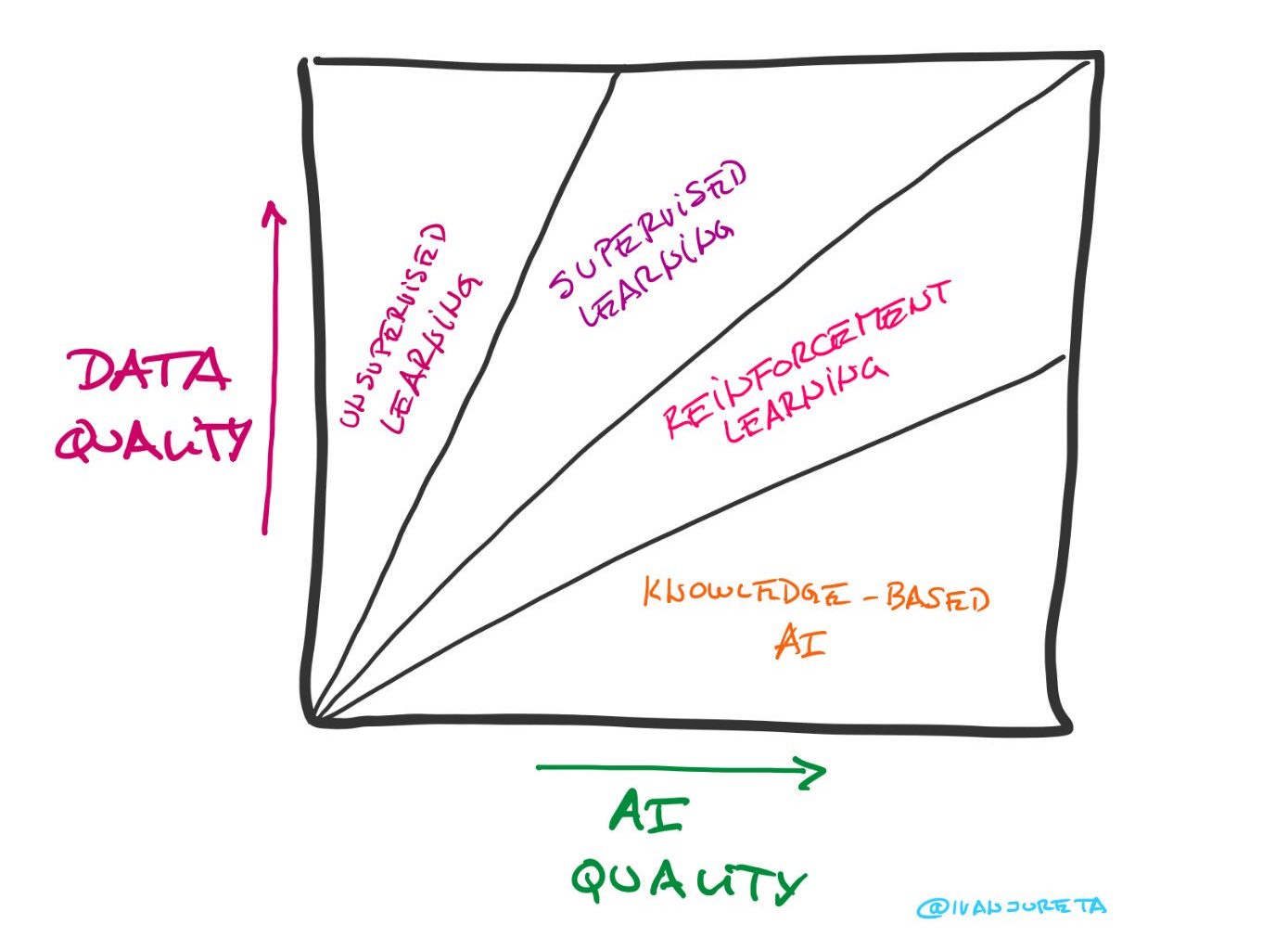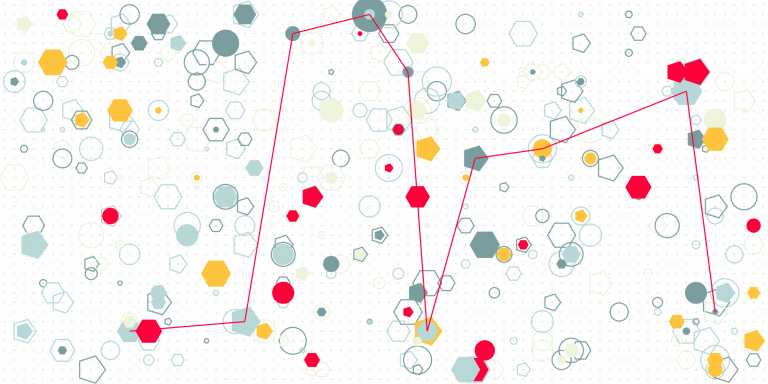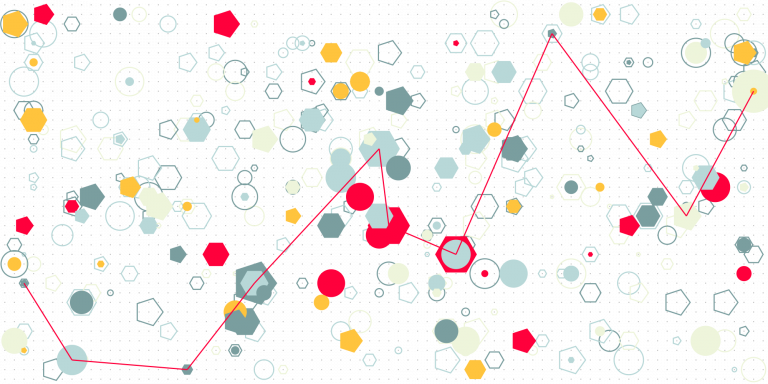Data Quality & AI Quality Are not Independent


How does the #quality of your #data affect the #design of your #AI ? pic.twitter.com/gFBo0JviLp
— ivanjureta (@ivanjureta) February 13, 2018

If an artificial intelligence system is trained on large-scale crawled web/Internet data, can it comply with the Algorithmic Accountability Act? For the sake of discussion, I assume below that (1) the Act is passed, which it is not at the time of writing, and (2) the Act applies to the system (for more on applicability,…
There is engineering quality of a product or service, which is fitness to the specification, and there is perceived quality, or subjective quality, which is proportional to the distance between expectations and experience of the person asked. What is the relationship between these, between specification, requirements, expectations, and experience? This is a longstanding question in…

The less data there is, or the lower quality the data that is available, the more difficult it is to build AI based on statistical learning. For scarce data domains, the only way to design AI is to elicit knowledge from experts, design rules that represent that knowledge, parameterize them so that they apply to…